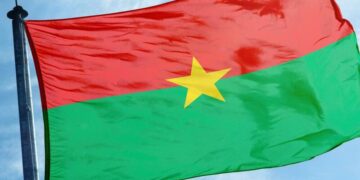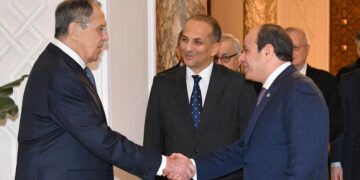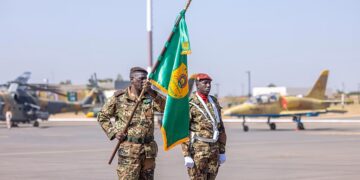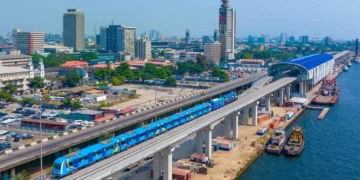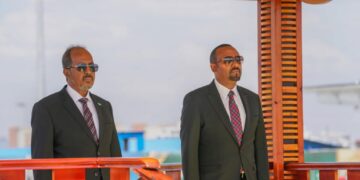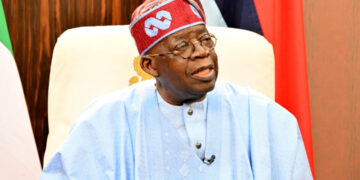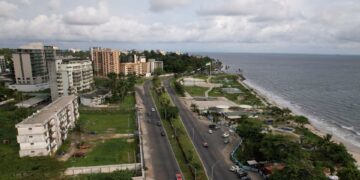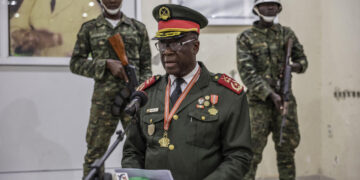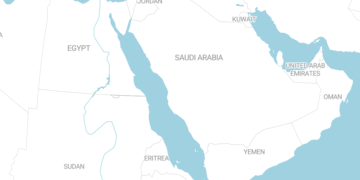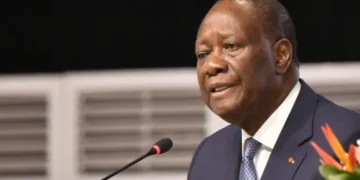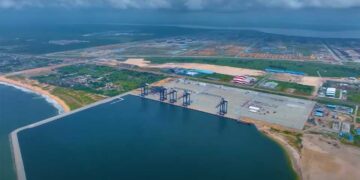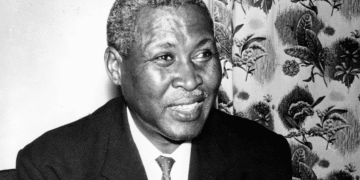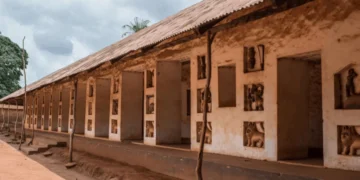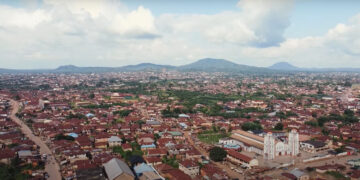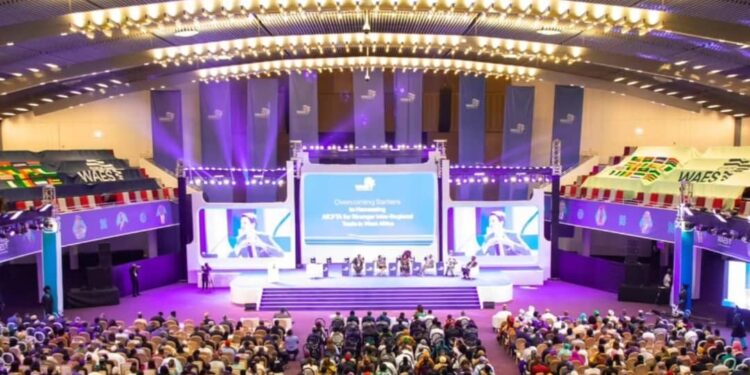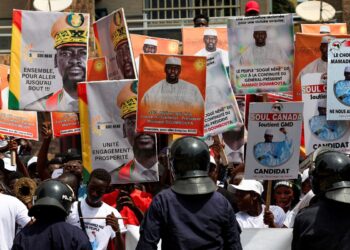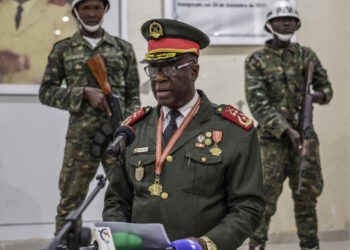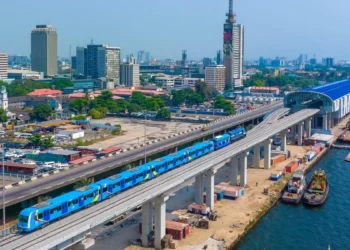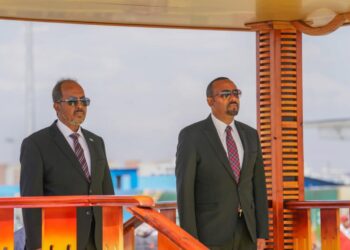Regional integration is a crucial factor that determines the growth of a region, offering a multitude of benefits that individually isolated nations would strive and struggle so hard to achieve. Its profound importance lies in its ability to create a larger, more efficient, and more enabling economic environment; attract unified social benefits; and enhance security frameworks through the collectiveness of a region’s private and public stakeholders.
For Africa, the importance of regional integration in achieving sustained economic growth and social development cannot be overemphasized. The presence of the Southern African Development Community (SADC), Arab Maghreb Union (AMU), East African Community (EAC), Economic Community of West African States (ECOWAS), and Economic Community of Central African States (ECCAS), being the regional bodies representing the Southern, Northern, Eastern, Western, and Central African regions, respectively, depicts Africa’s commitment to harnessing the power of integration to unlock its full potential.
WAES 2025: Visions, Objectives, and Participations
The Initiative of the West African Summit 2025, which took place on June 20-21, 2025, at the Abuja International Conference Centre, Nigeria, has emerged as one of the recent high-level regional economic gatherings in Africa. The summit, hosted by Nigeria and chaired by the Nigerian President Bola Tinubu, is widely recognized as a crucial step towards achieving future economic prosperity in West Africa.
The summit, themed “West Africa First—Seizing the Moment” and “Unlocking Trade and Investment Opportunities in the Region,” is the first of its kind in West Africa, designed to outline a transformative framework for the region’s economic growth and social development, with the sole aim of positioning West Africa as a unified economic region globally.
The strategic vision of the summit, according to the Nigerian president in his speech, is centered on moving past historical “fragmentation and missed opportunities” for a deeper integration of the region through the collective action of all public and private stakeholders to achieve shared prosperity for all. This correlates to ECOWAS’s longtime vision of establishing a borderless and economically unified West Africa by overcoming all challenges and obstacles to regional economic growth.
Among the major objectives of the summit is the aspiration to create a “harmonized trade policy framework” aimed at addressing all challenging issues of intra-African trade and investments through the implementation of essential and crucial key initiatives, which are necessarily required for building an enabling environment for economic growth.
President Bola Tinubu, in his address at the summit, clearly highlighted the objectives and visions behind the summit: “We gather at a decisive moment. Today is not about celebrating how far we’ve come but forging a new path that leaves behind fragmentation and missed opportunities and moves us toward deeper integration, collective action, and shared prosperity.” He further added, “West Africa is one of the last great frontiers of economic growth. Yet opportunity alone does not guarantee transformation. Opportunity is not destiny. We must earn it through vision, integration, policy coherence, collaboration, and capital alignment.”
In terms of stakeholders’ participation, the West Africa Economic Summit 2025 witnessed a diverse array of high-level participants. Among the attendants were the presidents of Ghana, Liberia, Sierra Leone, Senegal, Gambia, Togo, Benin, and Guinea-Bissau. Invitations were extended to the member states of the Alliance of Sahel States (Mali, Niger, and Burkina Faso), despite their official withdrawal from ECOWAS. However, their presence wasn’t recorded.
Ministers of Finance, Trade, Infrastructure, and Foreign Affairs from ECOWAS member states also participated in the summit actively. Also, the summit witnessed the significant participation of stakeholders from regional economic bodies, private sectors, development partners, and youth investors. The virtual participation of U.N. Deputy Secretary-General Amina Muhammad and WTO Director-General Dr. Ngozi Okonjo-Iweala was reported.
Key Discussions, Directives, and Outcomes
Robust and crucial discussions were held at the West Africa Summit 2025, aimed at shaping the economic future of the region. While involved stakeholders discussed the blueprint towards achieving a prosperous economic integration in West Africa, different presidential directives were issued, and positive outcomes were yielded. This probably comes as a response to President Bola Tinubu’s call for speedy practical implementation of policy frameworks in his address at the summit. He said, “We must move from declarations to concrete deals, from policy frameworks to practical implementation. We cannot afford to miss the next Industrial Revolution.”
Among the discussions that were made were the incessant deficiencies in intra-regional trade and the continuous challenges facing its growth. Poor transport links and energy infrastructure, poorly diversified economies, and inefficient public services are critical factors that challenge trade growth. According to statistics, intra-West African trade accounts for less than 10% of the region’s total trade, significantly lower than other regional blocs globally. However, the International Trade Centre (ITC) estimates that over $2 billion in intra-regional trade potential remains to be explored in West Africa in the coming years. This low inter-regional trade figure in West Africa was attributed to a “lack of political will, but to a coordination failure,” according to President Bola Tinubu. He therefore called for strengthening regional value chains, increasing investments in infrastructure, and welcoming policies to break all barriers.
Another key discussion that the summit revolved around is the inability to unlock West Africa’s substantial youth dividend. Participating stakeholders all acknowledged the region’s youthful population, which is believed to be its “greatest asset,” according to President Bola Tinubu. However, the projected economic potential from the region’s demographic dividend is being hindered majorly by the high youth unemployment rate, which recently rose to 24.95%, placing the region among the worst globally. Underemployment and limited access to quality education, economic opportunities and development, and a bulge in skill mismatch also affect the realization of a true youth dividend in West Africa. A call for massive investment in digital infrastructure, innovation, and productive enterprises was made at the summit to tap the region’s youth potential.
In the summit, among the numerous directives that were unanimously agreed on was the call to end the era of “pit to port” in West Africa. This requires a shift from the mere exportation of raw materials towards industrialization and local processing of the region’s raw materials, aimed at boosting regional manufacturing. Globally, West Africa is known to be rich in mineral resources such as gold, diamonds, uranium, and iron ore; energy resources such as crude oil and natural gas; and agricultural resources such as cocoa, cashew nuts, rubber, timber, and cotton. However, the region’s overreliance on the exports of these raw materials contributes majorly to the setbacks in the industrial and manufacturing growth of the region. According to Nigeria’s Federal Minister of Foreign Affairs, Ambassador Yusuf Tuggar, the latest data reports indicate that the region’s exports in 2024 are valued at over $166 billion, with the majority being raw materials. Putting an end to this requires a robust investment in the manufacturing sector, harmonized policies, modern infrastructure, and private sector engagement to achieve the region’s dream of transitioning from mere extraction and exportation of raw materials into intra-regional processing and industrialization.
The roles of private sectors in achieving significant economic growth were also highlighted in the summit, while calls were raised to regional leaders to create an enabling environment for private sector investments at the regional level. While public administrators in West Africa are tasked to make market-friendly policies, the private sectors are tasked to be the primary engine in driving economic growth, innovation, and regional development.
Notably, the WAES 2025 yielded concrete, significant outcomes: the region’s readiness and commitment to embark on a strategic shift from ordinary discussions and aspirational dreams to actionable and practicable plans. Nearly $1 billion in live transactions was featured during the public-private partnership and infrastructure roundtable discussions in the summit’s deal room, while $400 million worth of investment transactions was successfully facilitated, moving into advanced discussions. Also, an integration agreement was signed by Nigeria and Benin, aimed at deepening bilateral relations within ECOWAS. Other notable outcomes of the summit include the WAES Youth Investment Pipeline, designed to support startups led by youths; the National Export Trading Company, aimed at enhancing access to global and regional markets for farmers and medium and small-scale enterprises (MSMEs); and the National Talent Export Programme, which showcases the success of Nigeria’s digital initiatives. The key sectors highlighted for investment include compressed natural gas, digital infrastructure, critical minerals, carbon capture, and tech innovations.
WAES 2025: A Turning Point for West Africa’s Economic Future
For West Africa, the WAES 2025 seems to be a turning point towards reshaping its economic future through well-organized collective regional efforts. The reigniting of the region’s zeal and commitment to regional economic growth, and stakeholders call for adopting practicable actions, sends positive signals to international investors and global marketers, knowing full well that West Africa is endowed with abundant natural and human resources to attain its projected status in economic growth and development.
The summit is no doubt an assertion that African leaders have now come to understand that achieving a successful integration requires a well-regulated enabling environment; thus, prioritizing the implementation of business-friendly policies, provision of physical and digital infrastructures, upholding of law and order, and support for innovations and productivity remains the path towards regional prosperity.
However, the withdrawal of Mali, Niger, and Burkina Faso from ECOWAS continues to pose a threat to achieving a borderless, economically unified West Africa due to their strategic locations that cannot be sidelined.
Overall, the summit represents the region’s dedication to enhancing intraregional trade. Its dire call for adopting harmonized trade policies and eradicating trade barriers is projected to facilitate integration. The call to end the “port-to-pit” era signifies the region’s quest towards diversifying local economies and enhancing industrialization. Also, the summit’s emphasis on human capital development, calling for unlocking the region’s youth dividend, signifies the region’s readiness for long-term competitiveness and sustainable growth. In conclusion, the summit portrays the power of regional leadership, unity, and collective efforts in reshaping the future.


